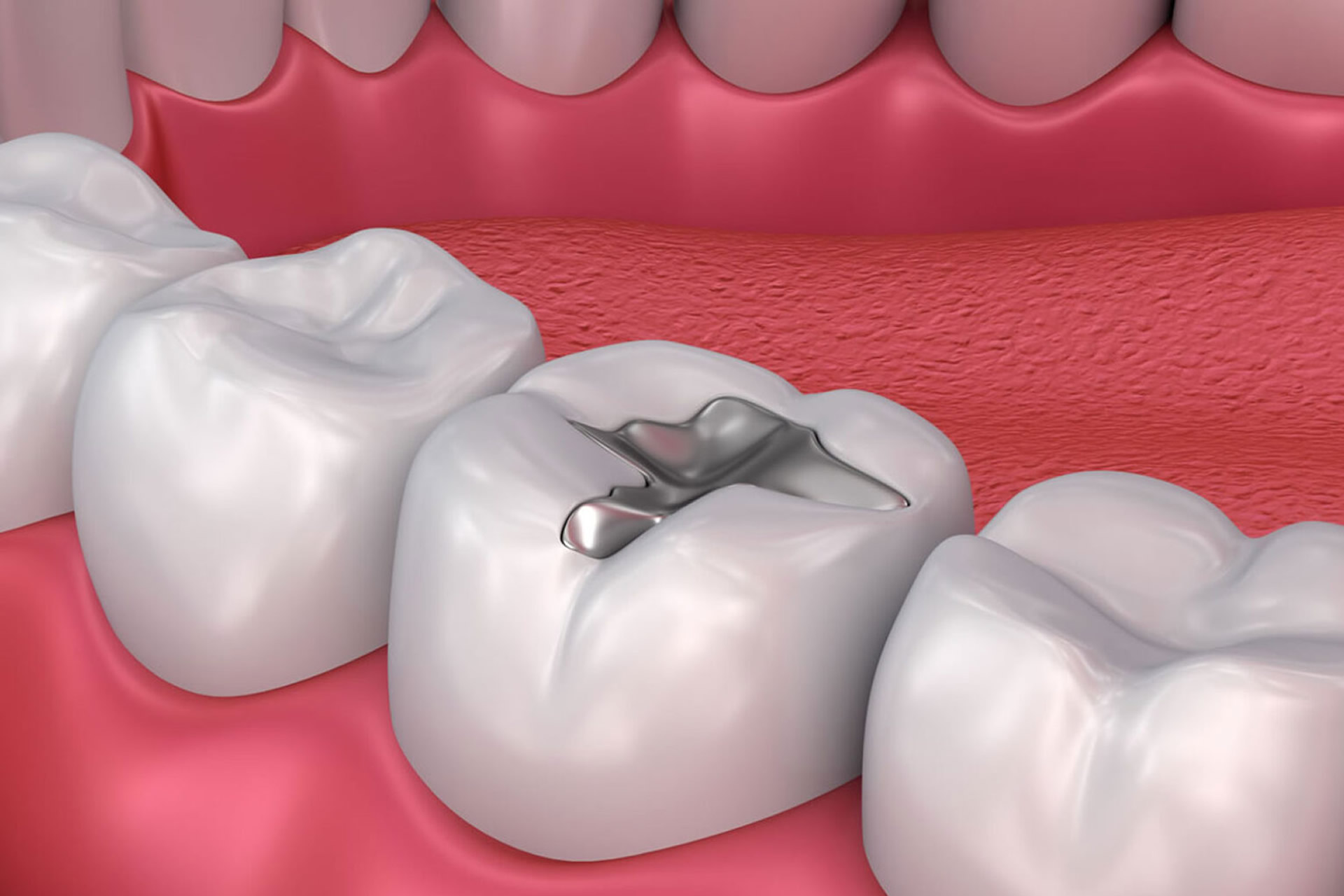Composite Filling
An aesthetic smile is the expression of power;
the smile is the sharp sword of this power.

Composite fillings are a type of filling material used in the treatment of tooth decay. Composite fillings consist of a mixture of several different materials and are shaped to match the tooth color, giving an appearance similar to the natural structure of the tooth. This filling material can be used by dentists to repair cracked, broken or worn teeth as well as tooth decay. Another area of use of composite fillings is aesthetic dentistry, that is, they are frequently used to regulate the shape and color of teeth in smile design.
Composite fillings are a popular filling material that dentists use to treat tooth decay. These fillings are available in colors close to the natural colors of the teeth and provide an aesthetic appearance. The application process of composite fillings is as follows:
Composite filling application can usually be completed in a single appointment and is a minimally invasive method to preserve the original structure of the tooth. Dentists therefore often recommend composite fillings as an aesthetically pleasing solution.
